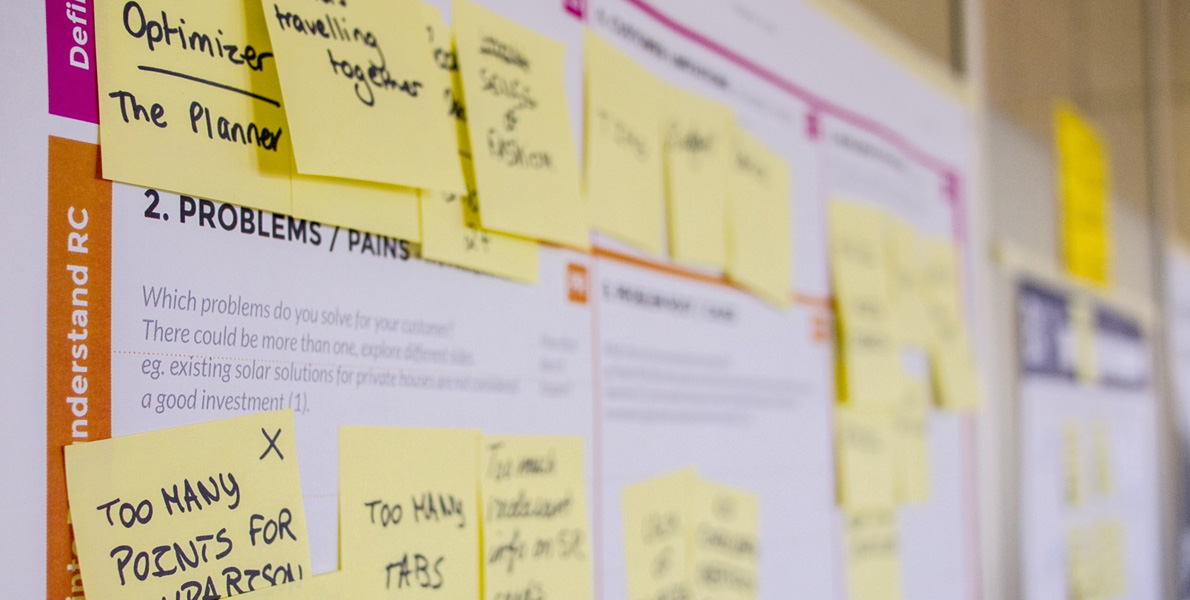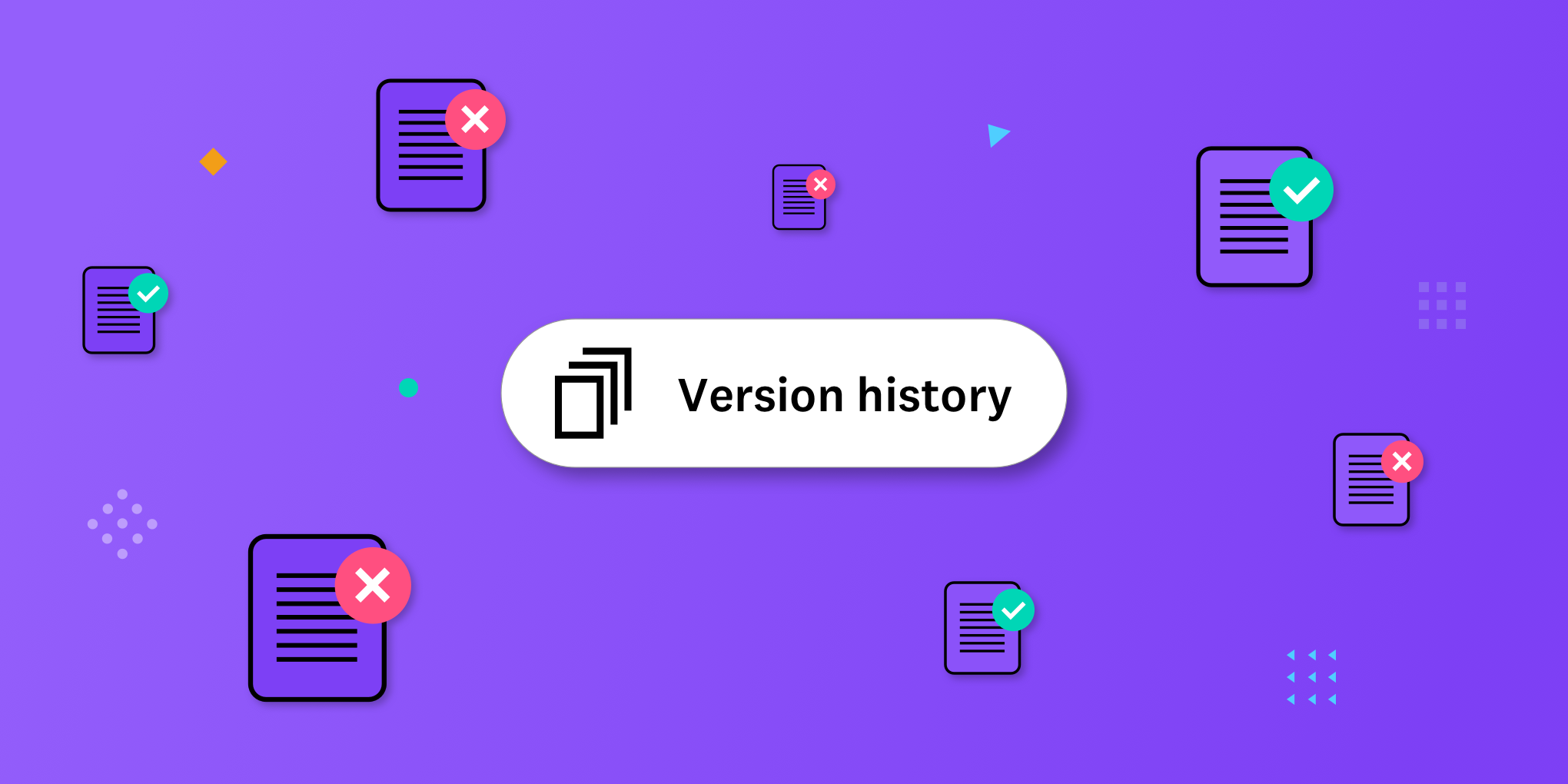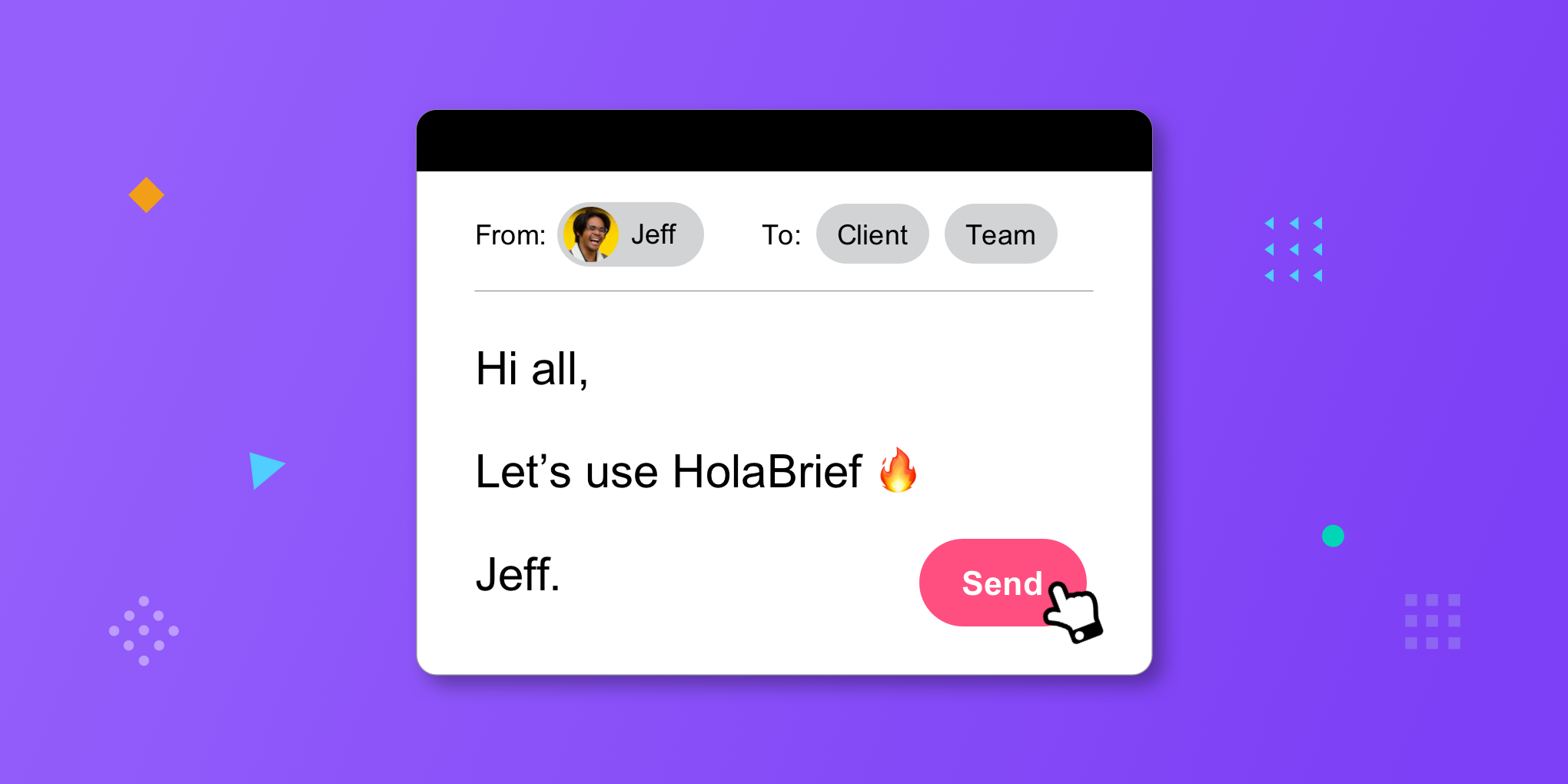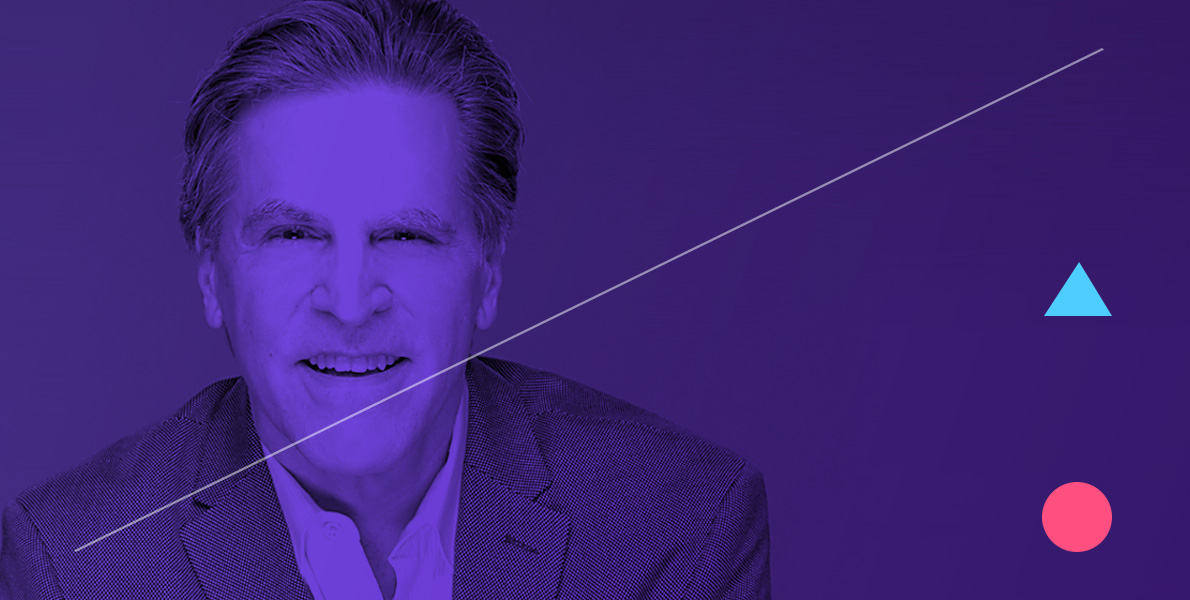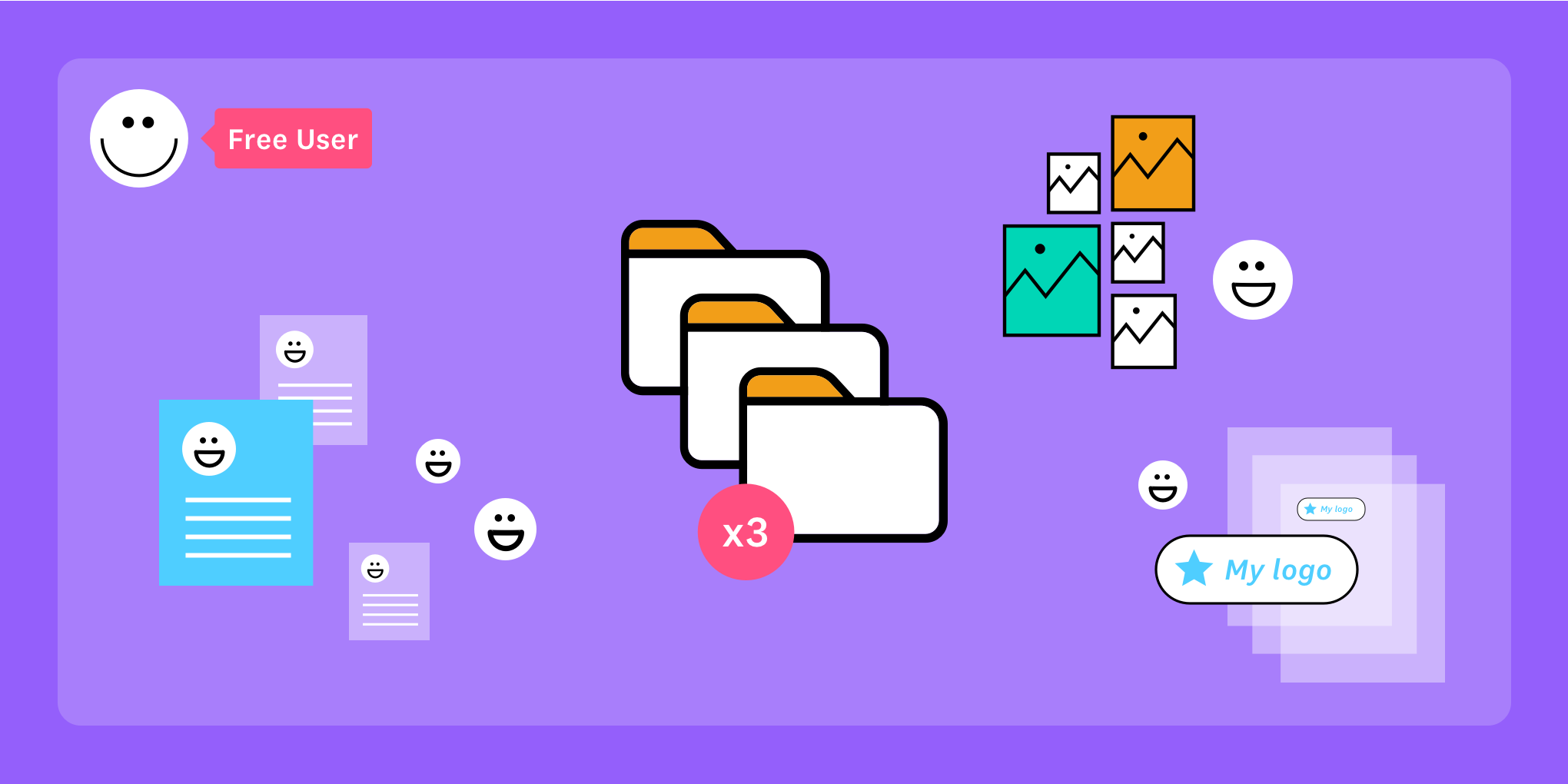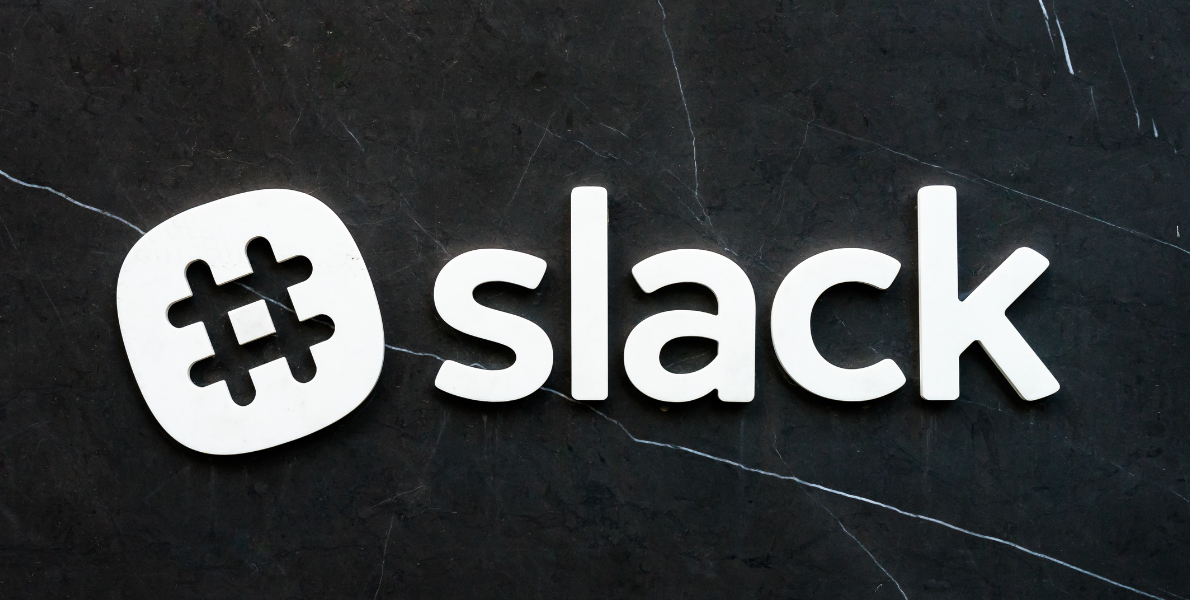Remember who you are actually designing for
One of the main benefits of conducting UX research is that it helps us stay grounded and remember who we are truly designing for. In my early days as a UX Designer, I worked on a personal project — named Errands 2.0 — whose goal was to help mothers better organize their day so that they could have more time to dedicate to the things that matter most to them. As someone who considers themselves to be fairly tech savvy, I started to brainstorm possible solutions.
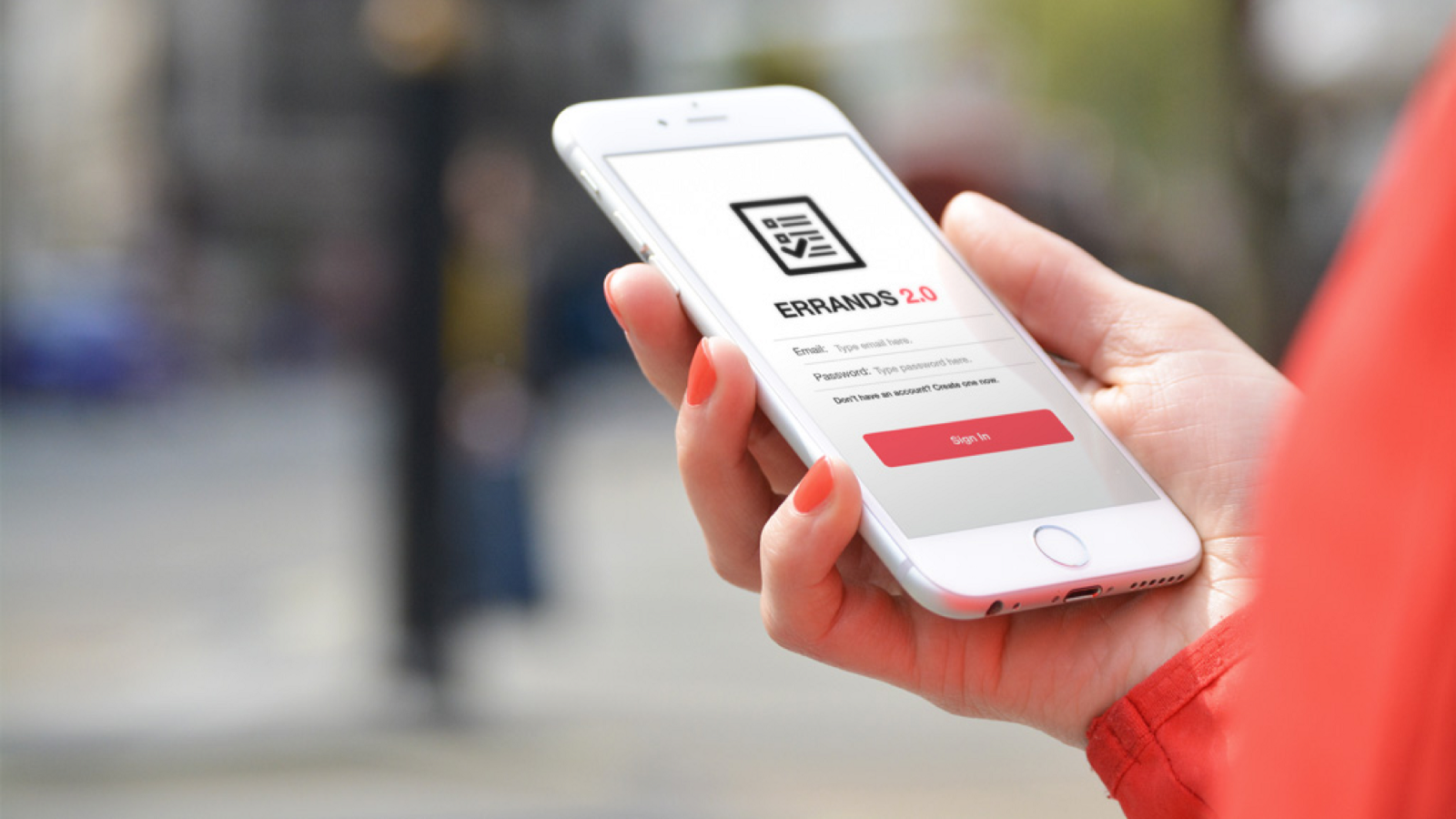
Errands 2.0 MVP
I tried my best to immerse myself into the day to day lives of the future users of Errands 2.0. I thought about what features they would find the most useful — geolocation, notifications, the ability to sync with other apps and services, to name a few.
Before continuing, if it isn’t already clear, it is worth mentioning that I do not have kids of my own, am not a mother, and the only errands that I have to run on a regular basis are usually those that involve going to the grocery store. When I began to test my MVP, I was a bit surprised with the feedback. The features that I thought were necessary, were often being ignored. As I soon came to learn, moms are always on the go and want something much simpler. They wanted to create daily itineraries and have the app recommend where to go first; the other features could wait. It was at that moment that I realized I hadn’t done enough research and had been designing based on my own assumptions. I designed something for myself.
UX Research should happen throughout the entire design process, not just at the beginning. If you start feeling distant from your users, it may be a good time to get out and talk to them.
UX Research Methods
Continuing with the family dynamic, a common question the kids often ask their parents is, “Mom/dad, who is your favorite child?” Depending on the day that answer may vary, but generally, parents all respond, “We don’t have a favorite. All of you are our favorites.” If you asked me “Ethan, what are your favorite UX research methods,” I would not respond, “All of them.”
The UX research method(s) that you end up using will always be dependent on a mix of several different factors (time limit, budget, project objectives, etc.), but here are a few of my go-to's:
Focus Groups — Focus groups are a moderated 30– 60-minute discussion about a given product, service and/or industry, with about 4–7 people. A few years ago, I read a whitepaper from Motivate Design about what they call, friendship groups. Some of the benefits of organizing a get together of close friends are:
- Since friendship groups tend to be smaller, the participants tend to feel more relaxed and feel more comfortable speaking freely.
- In the world of UX research, there is often a gap that us researchers try to overcome in our studies (what someone does and what someone says they do). Friends know each other and will call each other out when they think the other is stretching the truth.
- Friends share things in common, but also have their own set of opinions. There is an innate curiosity that emerges in these sessions (friends want to better understand their friend’s habits are and the “deep-diving” into topics happens naturally).
At the beginning of this year, I had the chance to work on a financial project where we wanted to encourage youth here in Spain to take better care of their money. It was rare for us to have an entire group of friends in the same focus group, but when there was at least one pair, I was always impressed by the results.
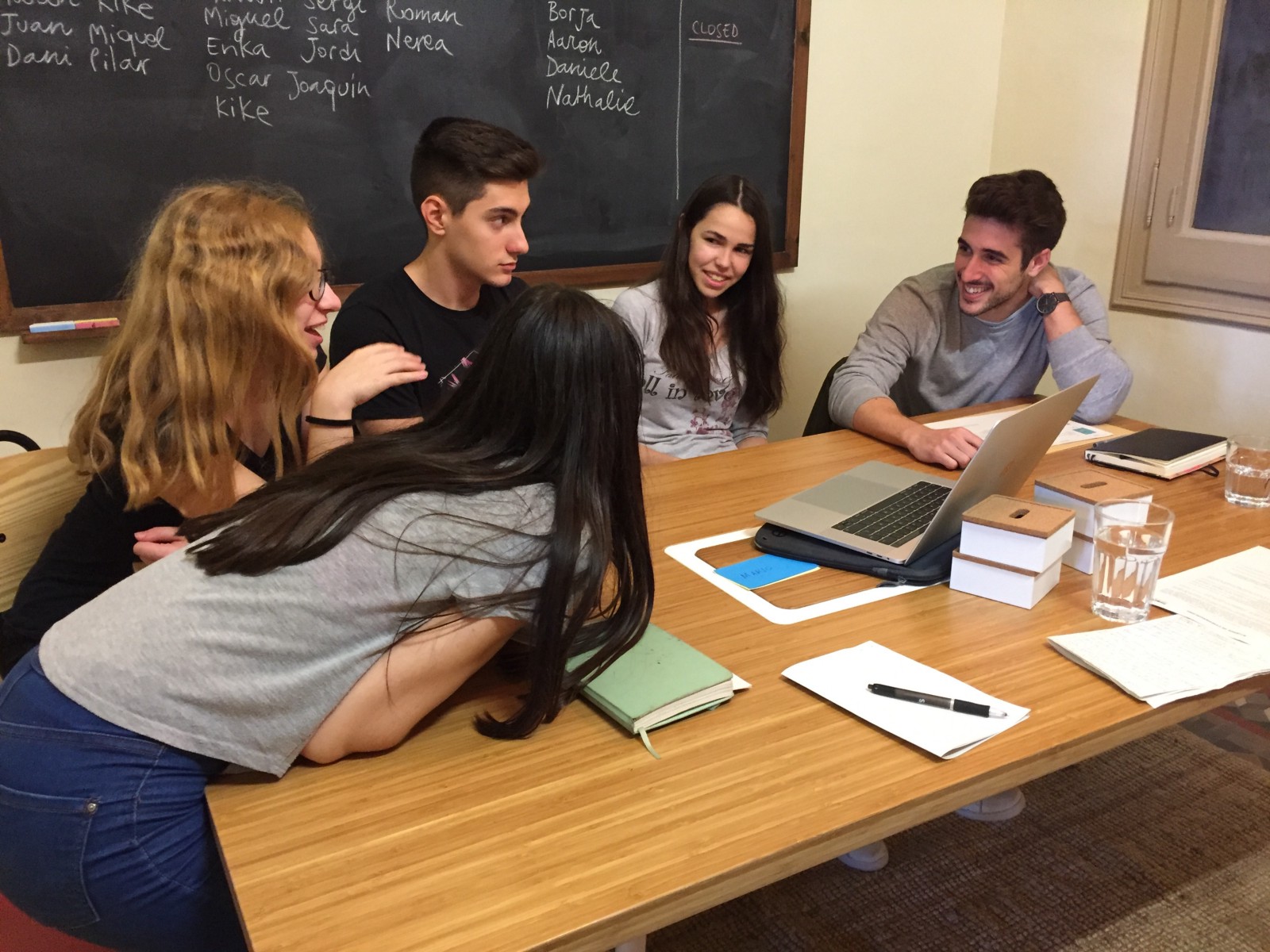
Friends sharing their opinions about the app | Nov. 2017
Co-creation session — Instead of interviewing participants and it being very much a one-sided approach, co-creation sessions seek to bring the people you are designing for, into the very process. In the same project mentioned above, we decided it would be valuable to do a co-creation session of sorts with our target market at their school.
As we worked hand-in-hand with our potential users, we were able to:
- Build empathy with those we were designing for a lot faster than had we used a different research method.
- Receive direct feedback on how youth save their money and were able to tweak our service prior to launching it.
- Improve internal design processes, especially from a data collection and synthesis perspective.
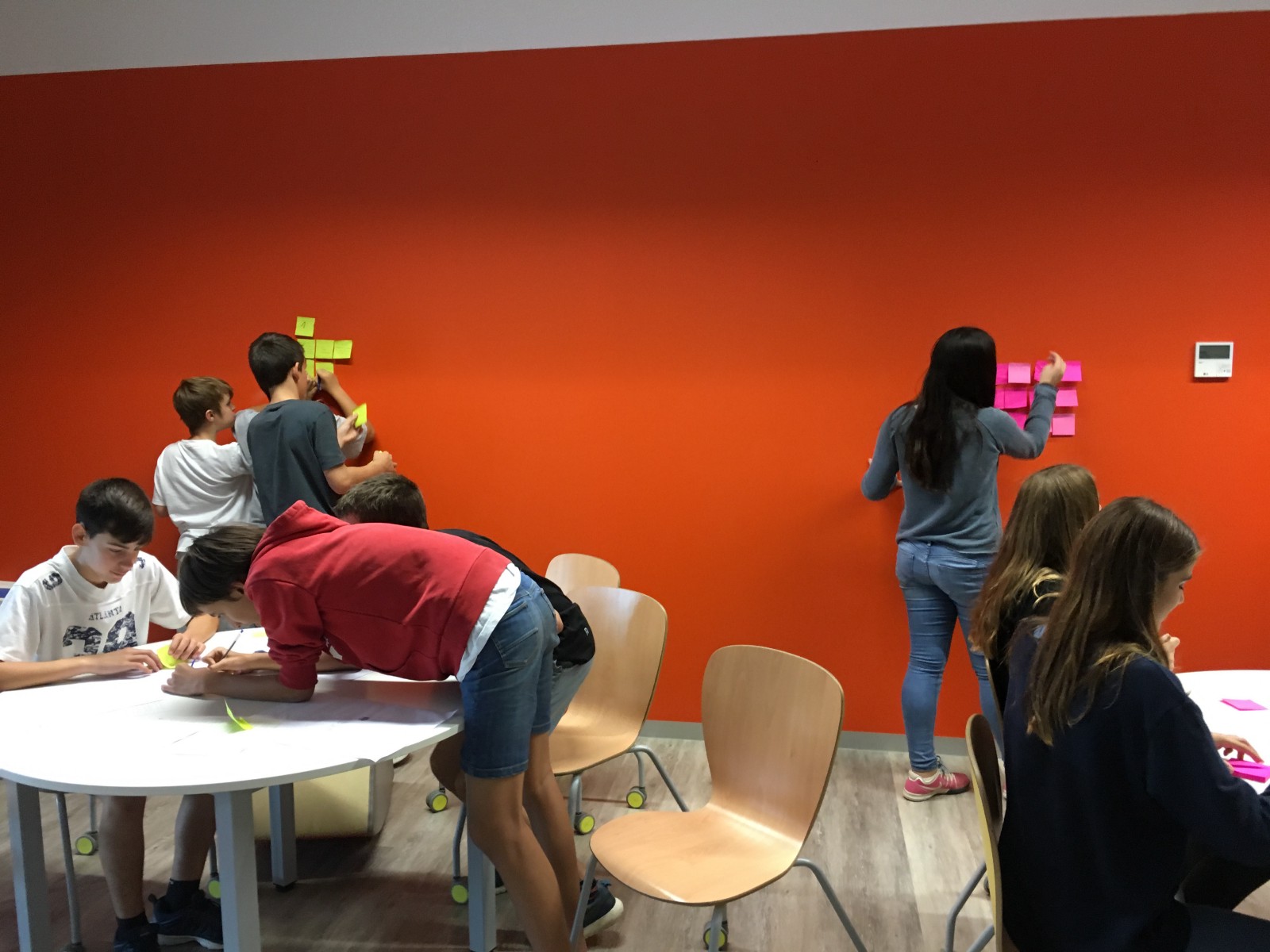
Co-creation session with students at Barcelona school | Nov. 2017
Contextual Inquiry — A good UX design researcher is a communicator and knows how to ask the right questions. I also believe that a good UX design researcher knows the value of silence and is a master at observing. Unlike the traditional interview format of question & answer for X amount of time, contextual inquiry is all about asking a standard set of questions and then observing the user in the natural environment.
Benefits:
- If the interview is conducted in the office of the interviewer, the interviewee may 1) not feel comfortable and/or 2) answer in the way the interviewer wants him to respond. Contextual inquiries, because they are about observing in their natural environment, helps eliminate some of that bias that can arise.
- As I mentioned above, it is important for all to be able to distinguish the difference between what the users say they do and what they actually do. Since contextual inquiries don’t place too much emphasis on the questions, the interviewers are actually able to analyze the interviewees as they perform certain tasks.
- This research method helps discover deep truths that the interviewers may not have known before. Contextual inquiries are much more than just whether or not they accomplish a task, but rather, how they do it.
Show UX design research some love
UX design research really can make or break a product. No matter where your company may be in the product development process, it is never too late to do research. To be able to design for your users, you need to know them. How do you get to know them? UX design research. How do you make the UX design research outcome more digestible? User Personas.
So next time when you start a creative client project, and your client does not know his end users, offer UX design research as part of your process! Poor them into neatly designed User Persona Templates with the help of HolaBrief and WOW your clients! Sign up now.

